
Sciences & Technology
The ‘Russian dolls’ of coral reefs
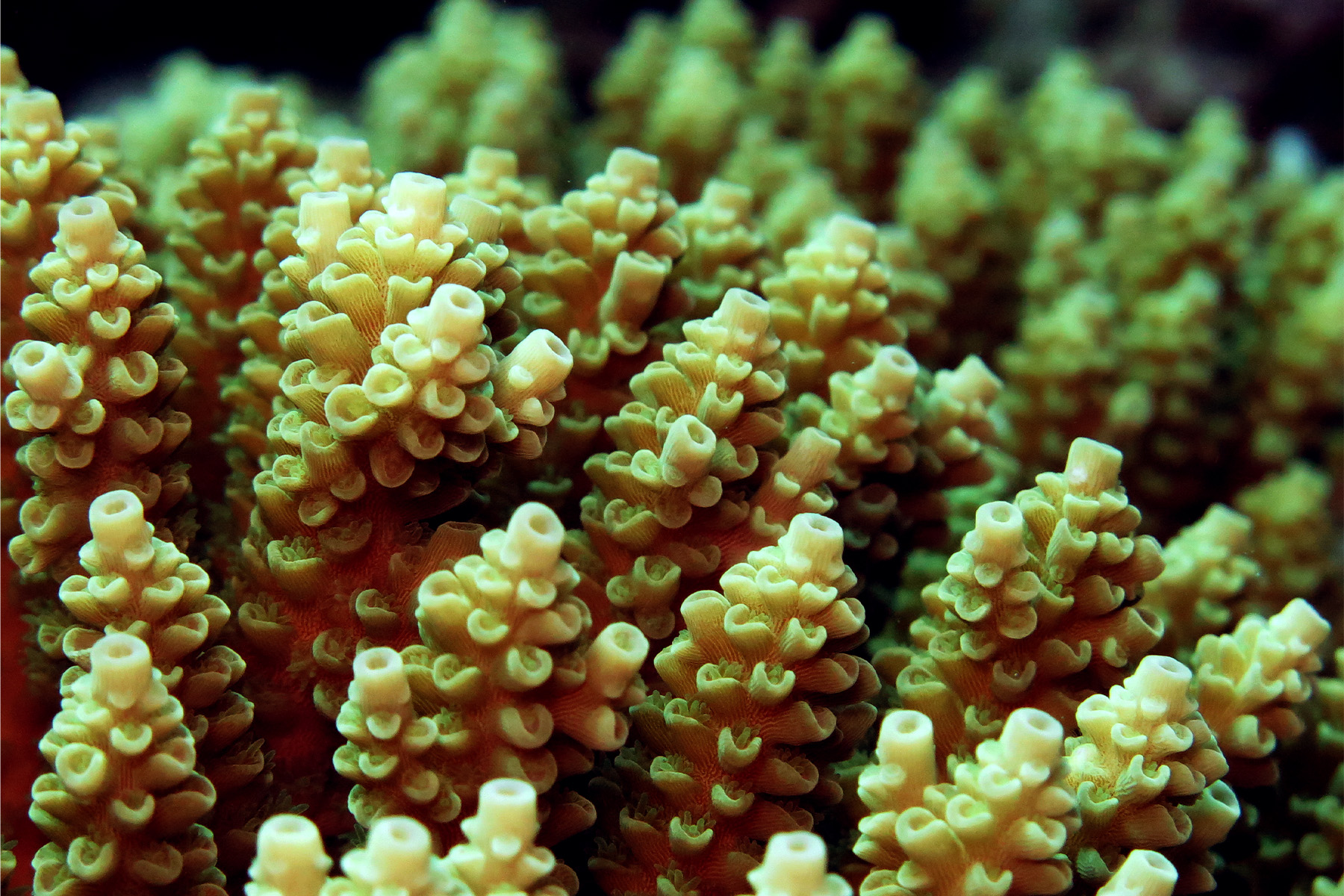
The discovery of clusters of two types of bacteria in the tentacles of corals sheds light on their role in coral reef health
Published 18 May 2023
Coral reefs are intricate ecosystems with complex relationships between species, where each organism – from a tiny bacterium to a giant clam – plays a vital role in maintaining the health of the reef.
Our new study reveals yet another layer of complexity in coral reefs.
We discovered the presence of clusters of two kinds of bacteria inside the tissues of corals, which included, oddly, a close relative of the chlamydia-causing bacteria.
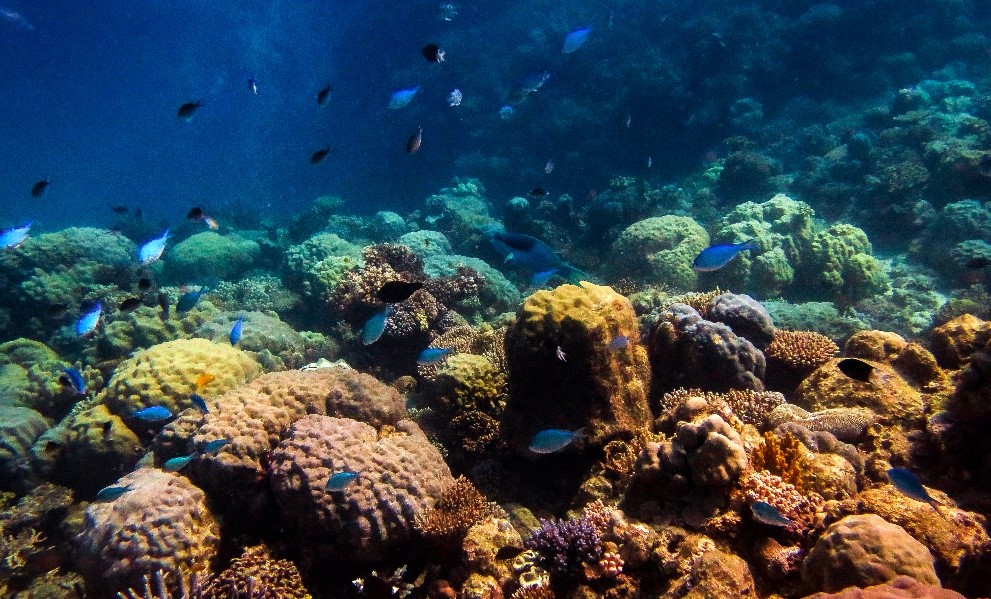
These novel findings, published in Science Advances and funded by an ARC Laureate Fellowship, the Paul G. Allen Family Foundation and the Austrian Science Fund indicate that these bacteria may interact both with their coral host and with each other. Further work is required to understand whether these interactions are beneficial or harmful to the coral.

Sciences & Technology
The ‘Russian dolls’ of coral reefs
Just like humans, corals have a diverse bacterial microbiome that is tightly linked to their health. So, understanding the complex relationships between coral and bacteria is critical for understanding how corals function.
Bacteria can help corals with several biological processes, like nitrogen or sulphur movement and processing, or the production of antibacterial compounds that protect corals against pathogens. While most of these bacteria live in the mucus layer that covers the coral surface, some bacteria occur inside the coral tissues.
Very little information is available on tissue-associated bacteria, yet they are likely some of the most important members of the coral microbiome.
To find out more, samples were taken from a long-term experiment on the Great Barrier Reef coral species Pocillopora acuta carried out at the Townsville-based Australian Institute of Marine Science. These samples were shipped to our laboratory at the University of Melbourne to investigate the elusive tissue-associated bacteria.
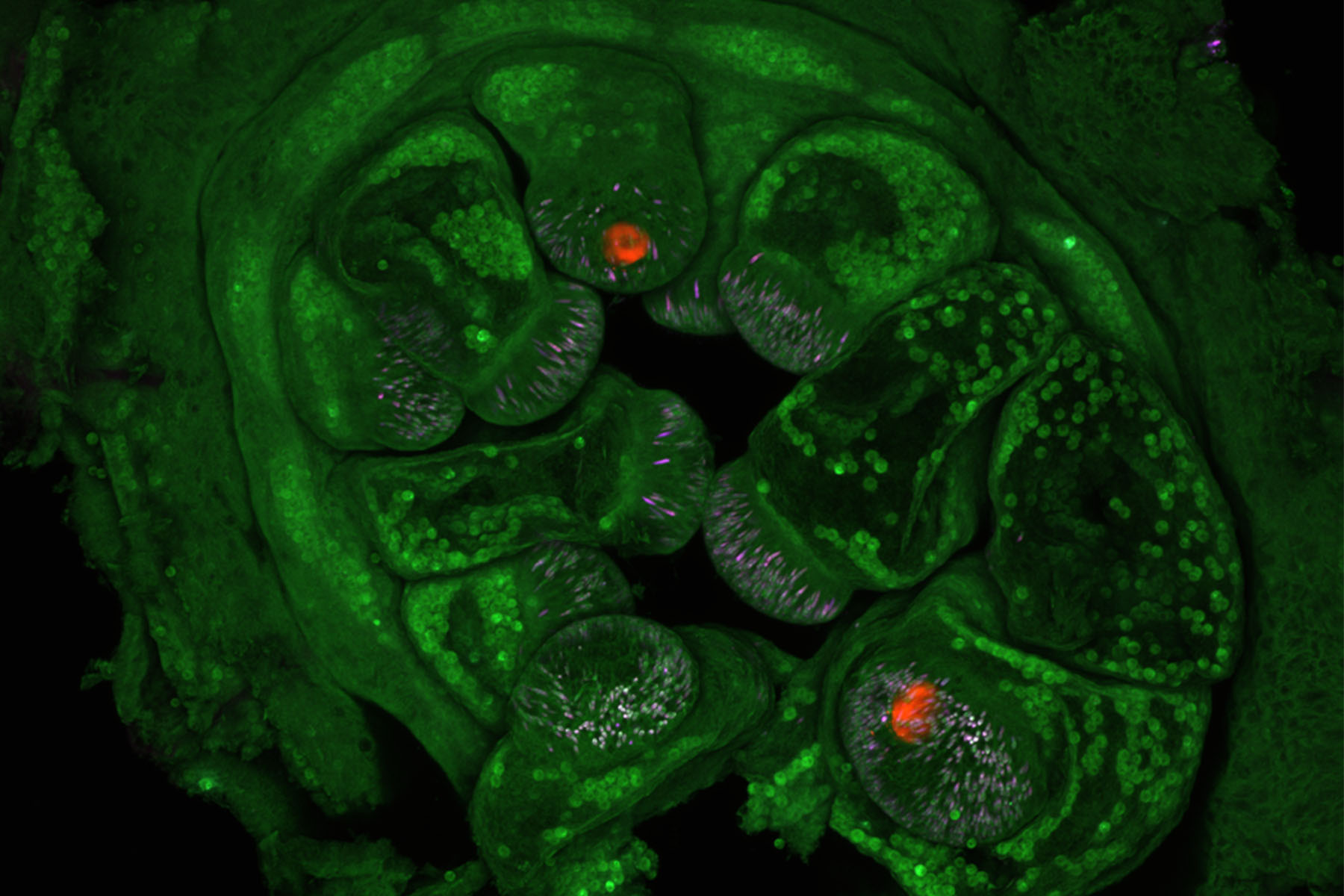
The first challenge was to see the bacteria – they are very small.
For this, we used a technique called ‘fluorescence in situ hybridisation’. Essentially, we add fluorescent probes to the coral that specifically bind to bacteria. When excited by a laser beam, these probes (and hence the bacteria) light up.
We found that bacteria formed large clusters in the tentacles of our corals. Why in the tentacles? We don’t really know, but we think this could be linked to nutrition or defence, as tentacles are involved in both catching prey and repelling predators.

After finding these bacterial clusters, we wanted to know what kind of bacteria they were. Typically, to identify a coral’s bacterial microbiome, coral samples are crunched up, and the DNA of all the bacteria is sequenced and compared to that of other known bacteria.
However, we were only interested in the bacteria in the tentacular clusters so this technique wouldn’t work, as it would not discriminate between bacteria in the tissue, mucus, gut, skeleton, etc.
We instead used a technique called ‘laser capture microdissection’ to precisely cut out very small portions of tissues, like the clusters formed by the bacteria. With this technique, we could exclusively sample tissue-associated bacteria and sequence their DNA to identify them and understand their functions.
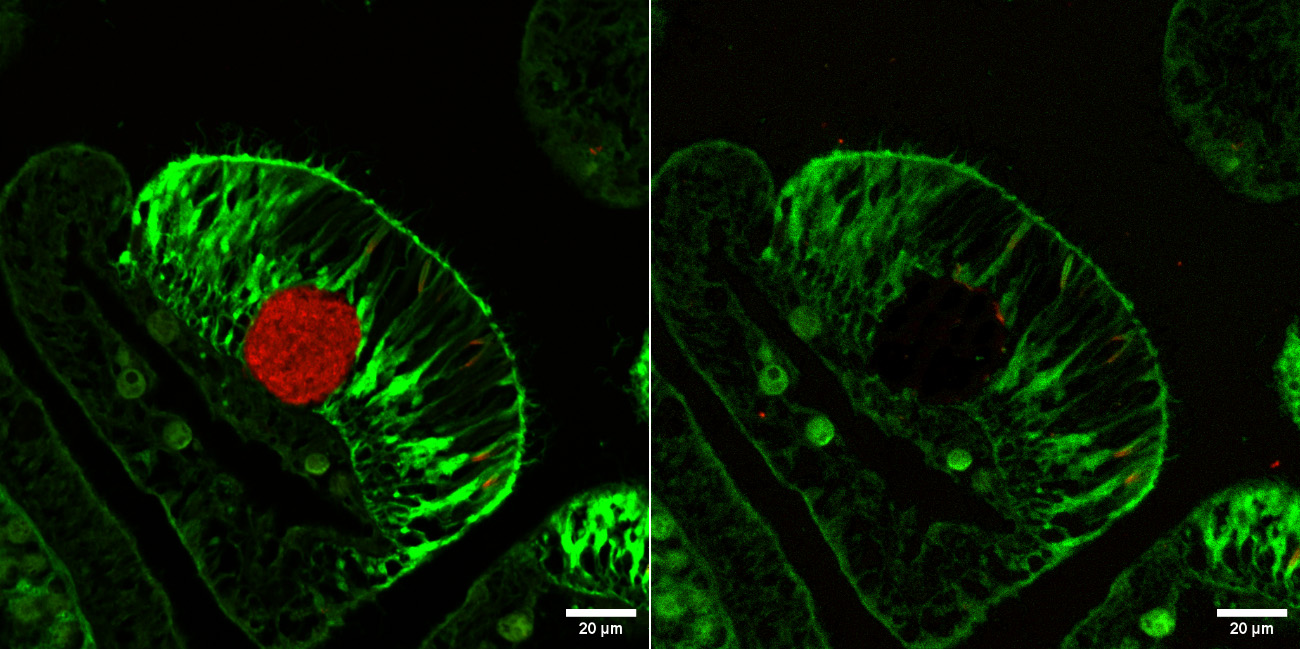
We found two types of bacteria in the aggregates in the coral’s tentacles.
One is a member of the Chlamydiales, a bacterial order that contains the pathogens responsible for chlamydia infections in mammals. This is a surprising discovery as chlamydia infections have never before been reported in corals.
Chlamydiales are known to steal energy from their host, in the form of adenosine triphosphate (known as ATP, this is the main source of energy transfer in cells). This energy parasitism is the basis of the disease these bacteria cause in mammals, like humans and koalas.

Health & Medicine
The satellite data mapping Australia’s new climate extremes
In collaboration with Chlamydiales specialists at the University of Vienna in Austria, Dr Astrid Collingro and Professor Matthias Horn, we showed that this bacterium relies on nutrients and energy provided by the coral to survive.
In addition, it’s also possible that this species gets nutrients and energy from other coral-associated bacteria – something that we have never seen before.
For those of us working to understand everything we can about coral biology, the possibility that the bacteria living inside coral tissues are interacting with each other is quite thrilling.
While these novel Chlamydiales exhibit many similarities with mammalian pathogens, whether they are detrimental or beneficial to coral will be examined later this year during a visit by Dr Maire to the University of Vienna.
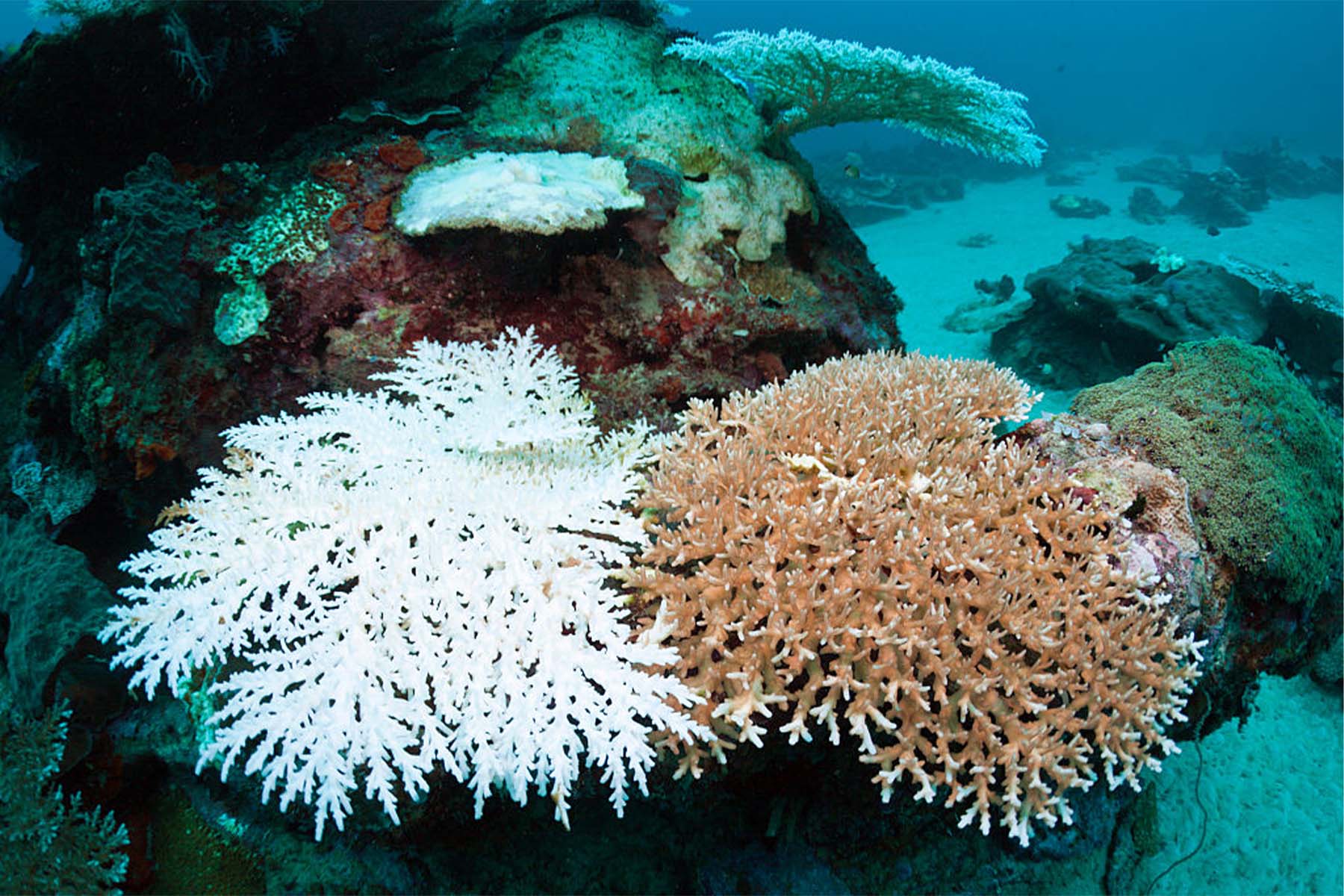
The other bacteria present in the coral tissues belong to the Endozoicomonas genus. These bacteria are known to be widespread in corals and are generally considered to be beneficial.
In our study, we found that Endozoicomonas can produce several B vitamins and antimicrobial compounds, confirming its potential to provide benefits to its coral host, given corals themselves are unable to produce certain B vitamins.

Sciences & Technology
More fires as our air gets thirstier
Corals are under threat from a range of factors, including climate change. In fact, it is estimated that without major interventions, most coral reefs will disappear by 2035. Saving these reefs will require new coral conservation and restoration approaches.
One potential solution involves probiotics. In the same way that we eat yoghurt filled with probiotics to improve our gut health, inoculating corals with beneficial bacteria may improve their resistance to elevated temperatures.
But before these microbiome-based solutions can be implemented, we need to understand exactly how coral-associated bacteria function.
Studies like ours begin to unpick how coral and bacteria interact with each other and whether coral probiotics are an option for the preservation of these vital and beautiful ecosystems.
Banner: Picture: Justin Maire and Ashley Dungan / Video: Justin Maire